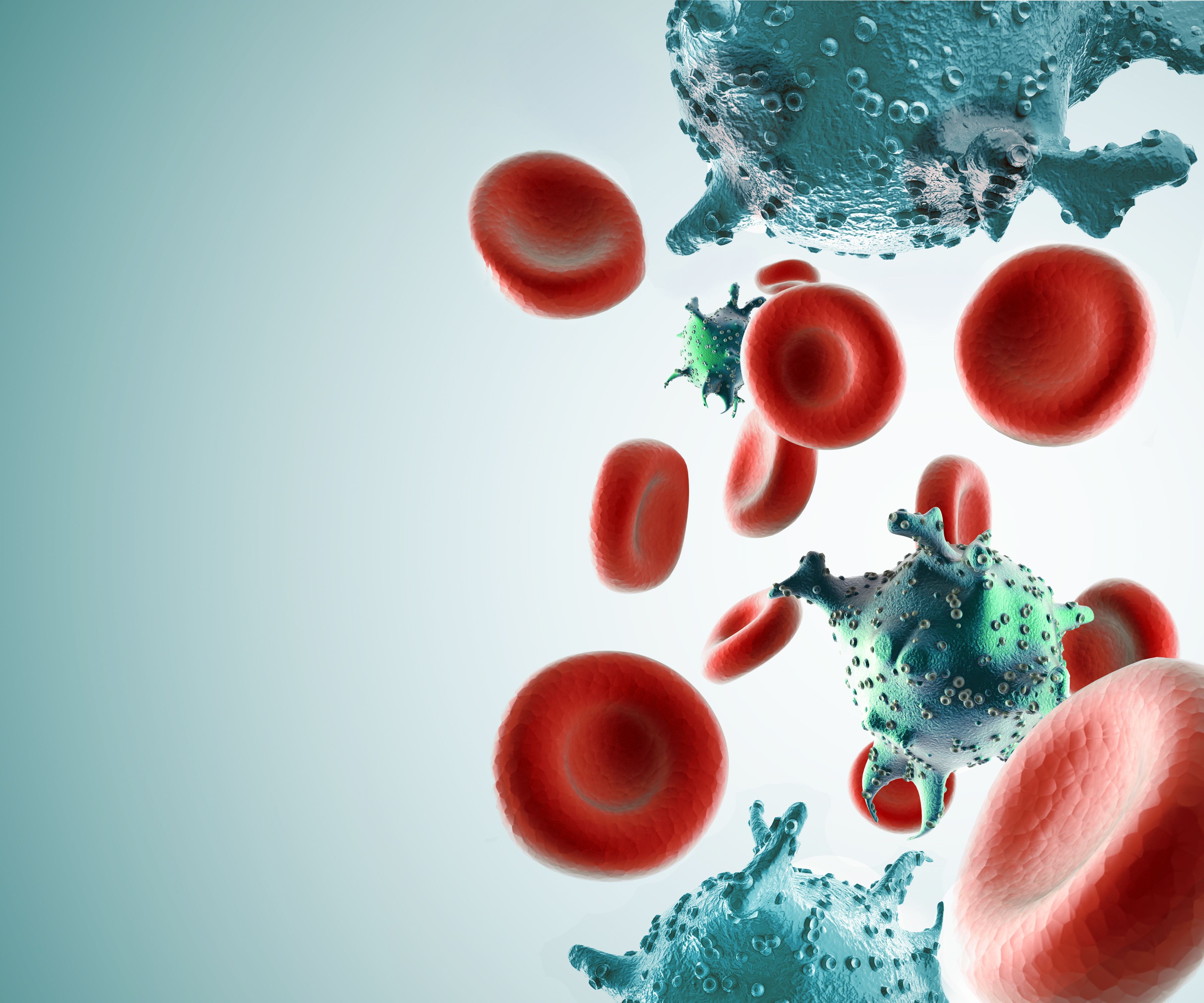HCT Rates Increase Across Ethnic/Racial Subgroups in Multiple Myeloma, Lymphoma
Investigators analyzed data from the Center for International Blood and Marrow Transplant Research who underwent autologous or allogeneic transplants.
Investigators analyzed data from the Center for International Blood and Marrow Transplant Research who underwent autologous or allogeneic transplants.

Hematopoietic cell transplant (HCT) volume was shown to increase across all racial or ethnic subgroups of patients with multiple myeloma and lymphoma; however, the rate of transplants rose faster among Hispanics and African Americans and non-Hispanic African Americans continue to have worse outcomes than non-Hispanic White patients, according to observational findings published in Blood Advances.1
Results showed that the rates of increase in autologous HCT volume were significantly higher in patients who were Hispanic (P <.001) and non-Hispanic African American (P = .0001) compared with those who were non-Hispanic White. However, this rate of change in volume was not significantly different between non-Hispanic White and other patients (P = .005) or between non-Hispanic African American and Hispanic patients (P = .19).
For allogeneic HCT, the rate of change was significantly higher for Hispanic patients (P = .0002) and non-Hispanic African Americans (P = .0006) compared with non-Hispanic White patients. Similarly, this was not significantly different between non-Hispanic White and other patients (P = .07) or between non-Hispanic African Americans and Hispanics (P = .78).
The adjusted overall mortality posttransplant was comparable across all subgroups. However, the mortality risk was higher in non-Hispanic African Americans (HR, 1.13; 95% CI, 1.04-1.22; P = .004) as well as pediatric patients (HR, 1.62; 95% CI, 1.3-2.03; P <.001) compared with non-Hispanic Whites.
“This is certainly the largest study to look at the state of the science in terms of the use of transplants by racial/ethnic minorities, involving over 145,000 transplants over a 10-year period. We wanted to see if improvements translated proportionally for all patients,” lead study author Nandita Khera, MD, MPH, professor of medicine in the Division of Hematology/Oncology at Mayo Clinic in Arizona, stated in a news release of the findings.2 “Overall, we saw that the volume of transplants and survival increased for everyone, but not at the same rate.”
Allogeneic HCT is a standard treatment for patients across a variety of acute leukemias, myelodysplastic syndromes, and myeloproliferative neoplasms. However, there are data lacking on how HCT impacts patients across ethnicities and races.
In this trial, investigators analyzed data from the Center for International Blood and Marrow Transplant Research, which comprised 79,904 autologous transplants and 65,662 allogeneic transplants for non-Hispanic White, non-Hispanic African American, and Hispanic patients across five 2-year cohorts ranging from 2009 to 2018. In evaluating patients who underwent autologous HCT, investigators found that multiple myeloma was found in 77% of non-Hispanic African Americans compared with Hispanics (55%), non-Hispanic Whites (58%), and others (53%).
In adult patients who underwent allogeneic HCT, the median age at time of transplant was higher for non-Hispanic white patients at 55 years vs 31 years in Hispanic patients, 37 years in non-Hispanic African Americans, and 41 years in other (P < .01). Furthermore, 12% of non-Hispanic White patients had a Karnofsky performance score lower than 80 compared with 8% of those who were Hispanic and 19% who were non-Hispanic African American and other. Hispanic patients also were more likely to have myeloablative conditioning (61%) compared with 47%, 47%, and 52% in non-Hispanic White, non-Hispanic African American, and other, respectively.
Pediatric patients who were Hispanic were more likely to undergo allogeneic HCT for acute lymphoblastic leukemia (56%) compared with 35% in non-Hispanic Whites, 39% in non-Hispanic African Americans, and 37% in other patients.
Volume and rates of change, the latter of which was compared via the Poisson model, of both autologous and allogeneic HCT over time, and OS trends were analyzed in these subgroups.
Further data showed that the adjusted 2-year OS improved over time in all 4 racial and ethnic groups.
In pediatric patients, the risk of overall mortality was significantly higher in non-Hispanic African Americans and others vs non-Hispanic Whites in both unadjusted and multivariable analyses. “In the adjusted analysis, there was a significantly lower risk of overall mortality in the most recent 3 time periods,” the authors wrote.
Study limitations included insufficient patients of Asian descent or mixed race or ethnicity. Additionally, the data comprised patients who were coming to transplant and not those who did not obtain access.
“This study helps justify efforts for continued investments in research, training, practice, and community engagement to address the disparities in access and outcomes of these highly expensive and complex medical technologies so that everyone can enjoy the benefits of scientific progress equally,” Khera concluded. Fortunately, she explained there is increasing awareness of these issues and societal efforts such as ACCESS initiative: a collaboration between the American Society of Transplantation and Cellular Therapy and NMDP to help expand access to HCT and improve outcomes for all.
References
- Khera N, Aliawadhi S, Brazauskas R, et al. Trends in volumes and survival after hematopoietic cell transplantation in racial/ethnic minorities. Blood Adv. Published April 25, 2024. doi:10.1182/bloodadvances.2023012469
- Stem cell transplants and survival rates on the rise across all racial and ethnic groups. American Society of Hematology. News release. Published April 25, 2024. Accessed May 2, 2024. https://shorturl.at/bmqry
Navigating AE Management for Cellular Therapy Across Hematologic Cancers
A panel of clinical pharmacists discussed strategies for mitigating toxicities across different multiple myeloma, lymphoma, and leukemia populations.